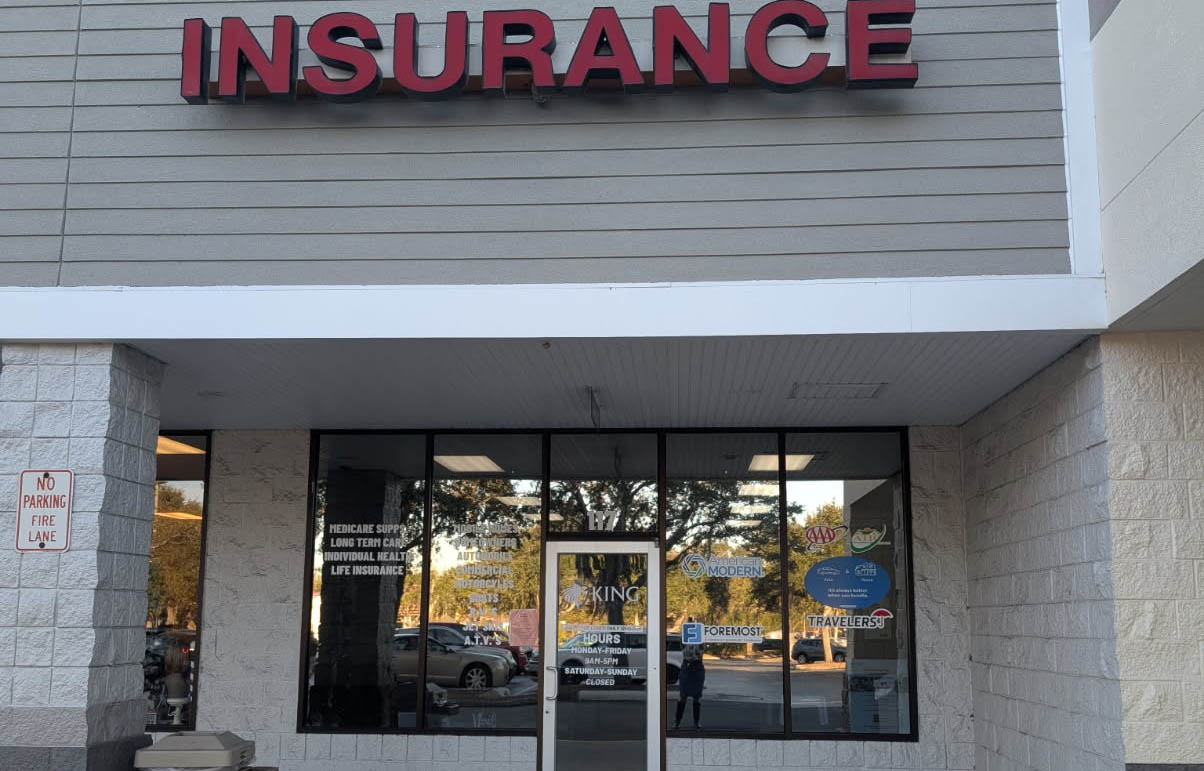A look at reclassification: An increasingly popular, yet dangerous gamble for NYC real estate owners - by Peter Blond

Lewis & Blond LLP
One of the biggest, increasingly more popular and increasingly more dangerous, gambles in New York City real estate continues to be a reclassification for tax purposes. Reclassification is the process of changing the tax class of a property. There are four primary tax classes of real property in the five boroughs: Class 1 – typically 1, 2 & 3 family houses; Class 2 – primarily residential properties with four or more units; Class 3 – utility property; and Class 4 – commercial property. Ironically, small properties with seemingly very insignificant renovations tend to have the more complex and occasionally disastrous outcomes.
Generally, reclassification stems from changes in use (e.g. Class 2 Residential to Class 4 Retail). Of course, most changes of this nature result from ownership seeking the greatest ROI. It is a failure to engage in thorough due diligence, in reclassification situations, that almost always undermines that objective. Many inexperienced developers start small and lack an adequate network of advisors to avoid the pitfalls of projects, especially in New York City.
Every property owner is looking for a way to significantly cut expenses in addition to improving the top line. Real estate’s version of “keeping up with the Joneses” causes owners to look at their neighbor’s tax bill and assume that any similarity means the taxes should be equal. Legally, nothing could be further from the truth. Nonetheless, straight-line thinking induces owners to alter use subtly by either unit count or by square footage to qualify for protected or “capped” tax classes. Tax Class 1 benefits from a State restriction on assessment increases (6% maximum one year/20% over a five year period). Likewise, three subcategories of Class 2 residential (2A, 2B & 2C) enjoy 8% maximum one year and 30% over five-year limitations.
To appreciate the complexities, let’s look at two midtown Manhattan townhouses, built at the same time, both five stories with 2,000 s/f per floor for a total of 10,000 s/f. Townhouse A has commercial use on the first through third floors with six residential units above, leaving the breakdown at 6,000 s/f commercial/4,000 s/f residential. The property is in Class 4 as a primarily commercial use. Townhouse B only has commercial on the first and second floors, with six residential units above. Because townhouse B is primarily residential (6,000 s/f of residential vs. 4,000 s/f of commercial) and has between seven and ten units, it is in Class 2B.
Townhouse A presently has an actual assessment of $1.4 million and a transitional assessment of $1.2 million (in New York City your taxable assessment is the lower of the two) and is paying the Class 4 rate of 10.514% for an annual tax bill of $126,168. Townhouse B is presently assessed at $750,000 (Classes 2A, 2B & 2C do not have transitional assessments) and is paying the Class 2 rate of 12.719% for an annual tax bill of $95,393. The owner of Townhouse A sees a $30,000 windfall if he changes his third floor from an office to an apartment, right?
This is where due diligence needs to go beyond merely comparing what appears to, now, be apples to apples. First, by rule, when you move into a protected tax class you forfeit your transitional assessment. Accordingly, Townhouse A’s new taxable assessment will be $1.4 million instead of $1.2 million. Oversight number one will probably lead to a $200,000 increase in the taxable assessment (for purposes of the example we are assuming the economic performance of the property is sufficient to sustain the municipalities’ assessment).
Second, while obvious from a due diligence point of view, the tax rate is moving up from 10.514% to the 12.719%. That difference necessarily means, in all Class 4 to Class 2 reclassification scenarios, you must reasonably anticipate at least a corresponding drop in the taxable assessment to mitigate the damaging hit from the tax rate increase, or your tax liability increases from the maneuver. The change is even more dramatic when moving into Class 1, from any other class, as that rate is presently 20.385%.
In our fact pattern, Townhouse A will experience both the increase to their assessment ($200,000) and the increase to their tax rate (10.514% to the 12.719%) resulting in an annual tax bill of $178,066! Owner A’s assumptions have resulted in a tax increase of almost $52,000 per year. In fairness, while this increase is large, there are some owners who appropriately research and choose to pay more near term in order to obtain the long term benefits of a capped assessment.
This fact pattern does not address the ramifications of construction/physical alteration in a reclassification setting. Suffice it to say that any improvement to the property – by way of work – will result in even higher taxes. Before performing any work that changes use or unit count, please consult your certiorari counsel.
Peter Blond, Esq. is a partner at Brandt, Steinberg, Lewis & Blond LLP and the chair of the NYC Bar committee on condemnation & tax certiorari, New York, N.Y.
Delisle and Monahan of Island Associates lease 45,000 s/f to Giunta’s Meat Farms at Strathmore Commons


AI comes to public relations, but be cautious, experts say - by Harry Zlokower

Behind the post: Why reels, stories, and shorts work for CRE (and how to use them) - by Kimberly Zar Bloorian

Lasting effects of eminent domain on commercial development - by Sebastian Jablonski









.jpg)
.gif)
.gif)